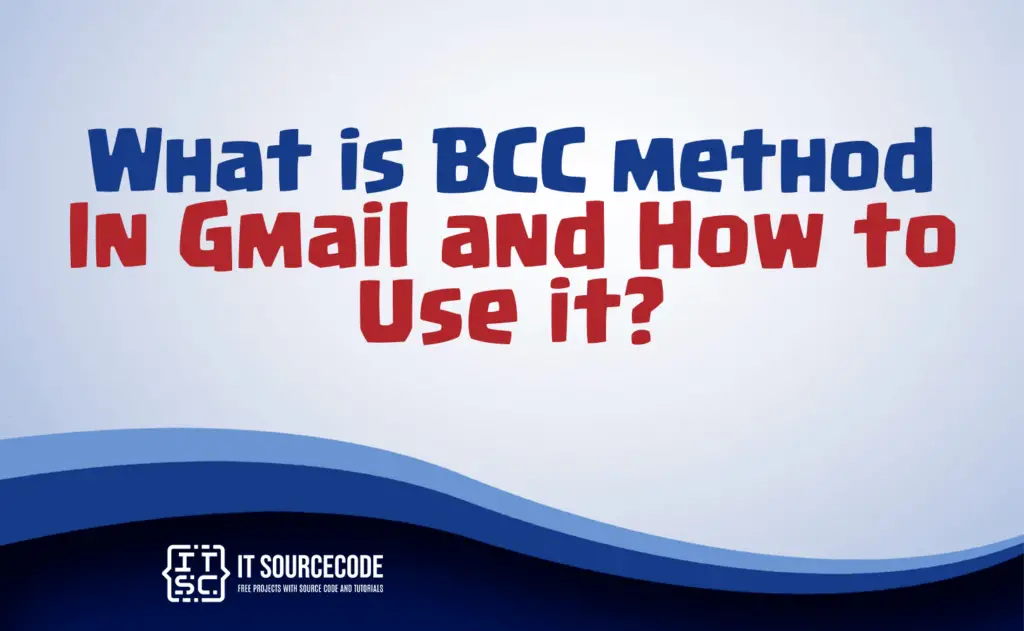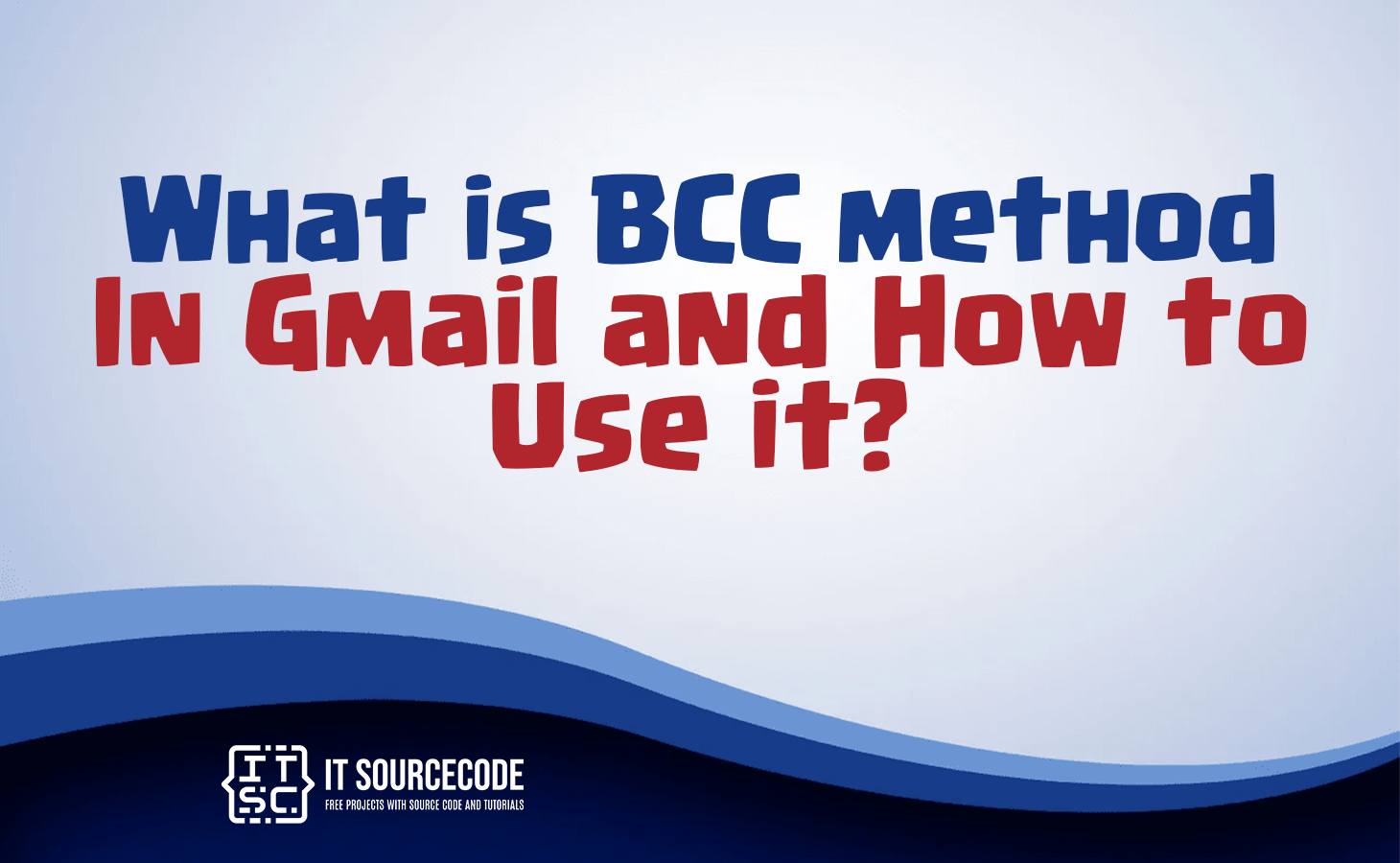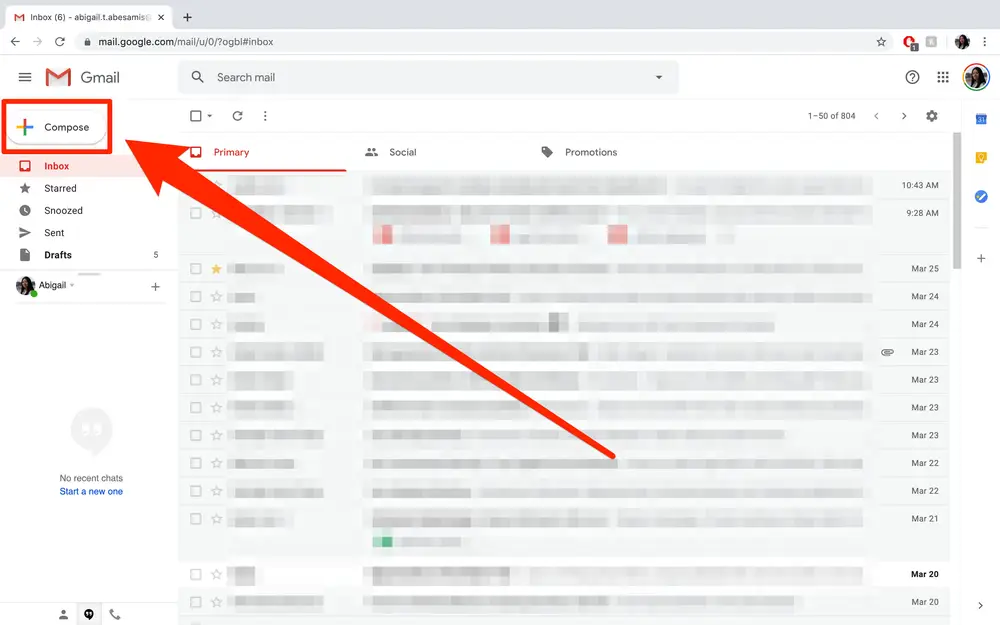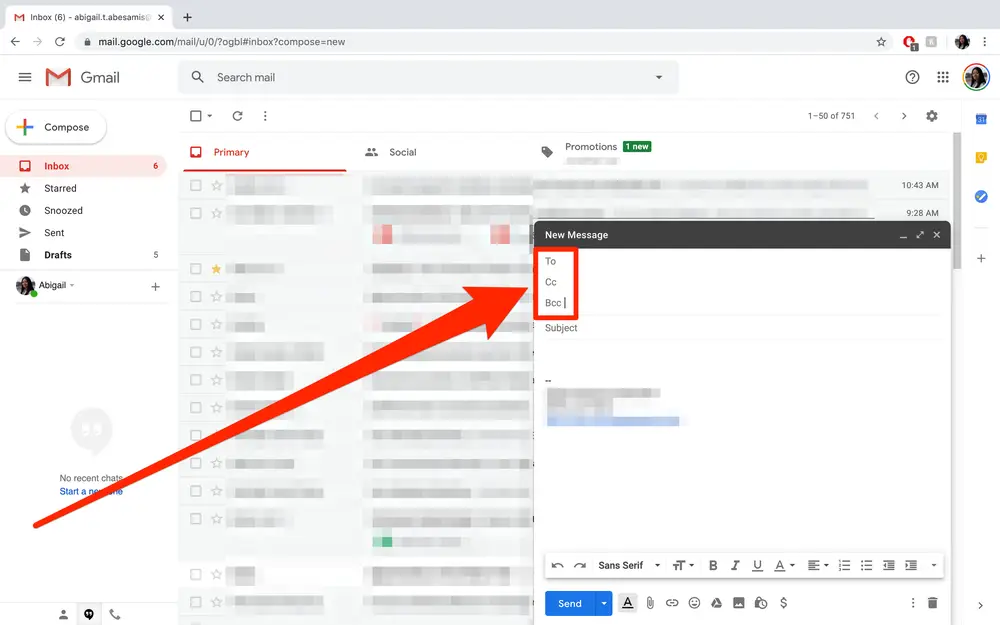WHAT IS BCC METHOD IN GMAIL AND HOW TO USE IT? – In this article, we explore the use of Bcc, or “blind carbon copy,” a discreet email feature that shields recipient email addresses when sending messages to multiple individuals.
Specifically, we delve into how Bcc works in Gmail and examine both its advantages and limitations in maintaining recipient privacy during mass email communications.

What is BCC in Gmail?
“Bcc,” short for “blind carbon copy,” allows you to include multiple recipients in an email, essentially enabling you to send the same email to several individuals simultaneously.
Bcc proves to be valuable when you’re sending an email to a large group of people and wish to conceal the complete recipient list from each recipient.
If you’re managing a substantial mailing list, employing Bcc is an excellent means of safeguarding everyone’s email addresses.
How does BCC work in Gmail?
In Gmail, Bcc (Blind Carbon Copy) functions by allowing you to include email addresses in the Bcc field when composing an email.
When you send the email, recipients in the Bcc field receive the message, but their email addresses are hidden from each other, maintaining their privacy.
This feature is useful for sending emails to multiple recipients without disclosing their identities to each other.
How to use the BCC method in Gmail?
Step 1
Initiate the email composition process by selecting the “+ Compose” button located in the upper-right corner.
Step 2
Navigate to the top of the email box and select “Recipients,” then choose “Bcc” on the right-hand side.
Step 3
Input the email addresses you wish to use for the Bcc field.
Step 4
Compose your email, incorporating any necessary links and attachments.
Step 5
To distribute the email to all designated recipients, click the “Send” button.
What are the disadvantages of using the BCC method in Gmail?
Lack of Individual Responses
Recipients in the BCC field cannot see each other, which can hinder group communication as they won’t know who else received the email. This may lead to redundant or confusing replies.
Potential for Misuse
BCC can be misused for sending unsolicited emails or spam without recipients’ consent, leading to trust issues or the sender’s emails being marked as spam.
Limited Personalization
BCC doesn’t allow for personalizing the email for each recipient, making it less suitable for tailored or customized messages.
Risk of Reply All
Inadvertently clicking “Reply All” can reveal BCC recipients, potentially compromising their privacy.
Difficulty in Managing Responses
Managing responses or tracking interactions with BCC recipients can be challenging, especially when dealing with a large number of recipients.
Email Filters
Some email filters or anti-spam mechanisms may flag BCC’d emails, affecting deliverability.
Conclusion
In summary, Bcc, or “blind carbon copy,” is a privacy feature in email that hides recipient addresses when sending to multiple people.
In Gmail, you can utilize Bcc by including addresses in the designated field. However, it has drawbacks, including limited personalization and the risk of confusion.
Despite these challenges, Bcc remains valuable for safeguarding recipient privacy in mass email communications.



